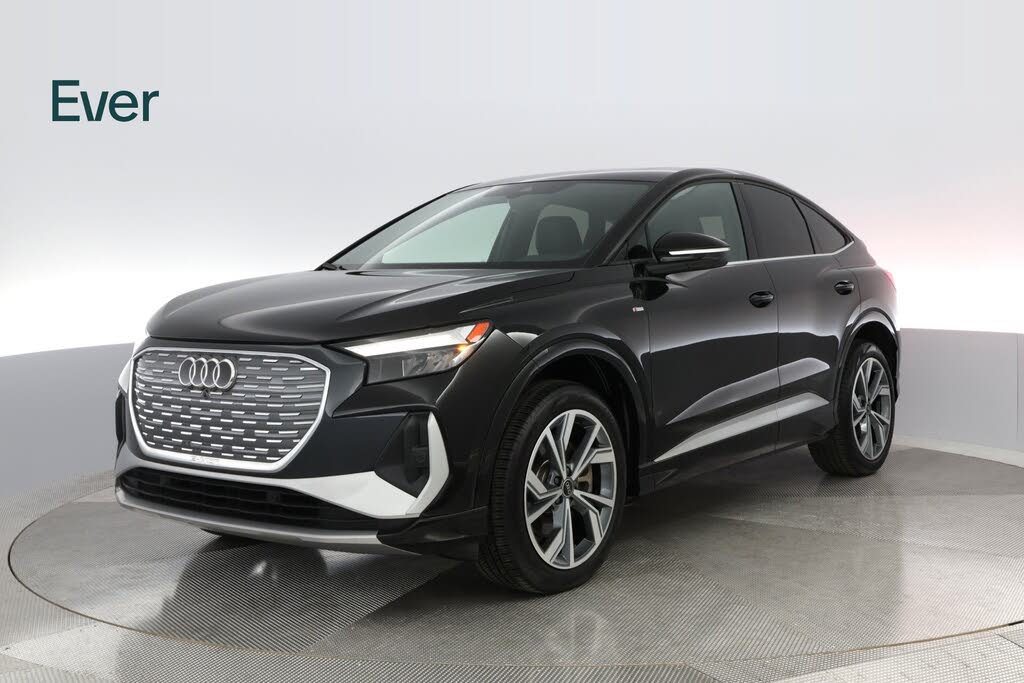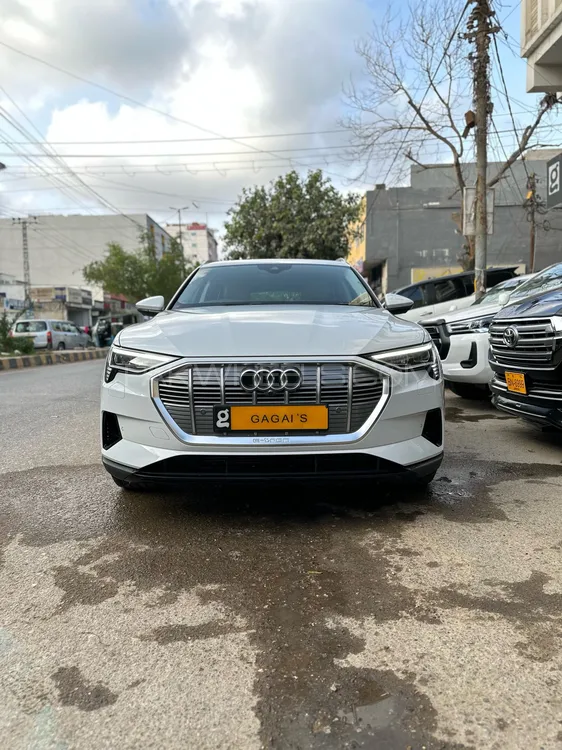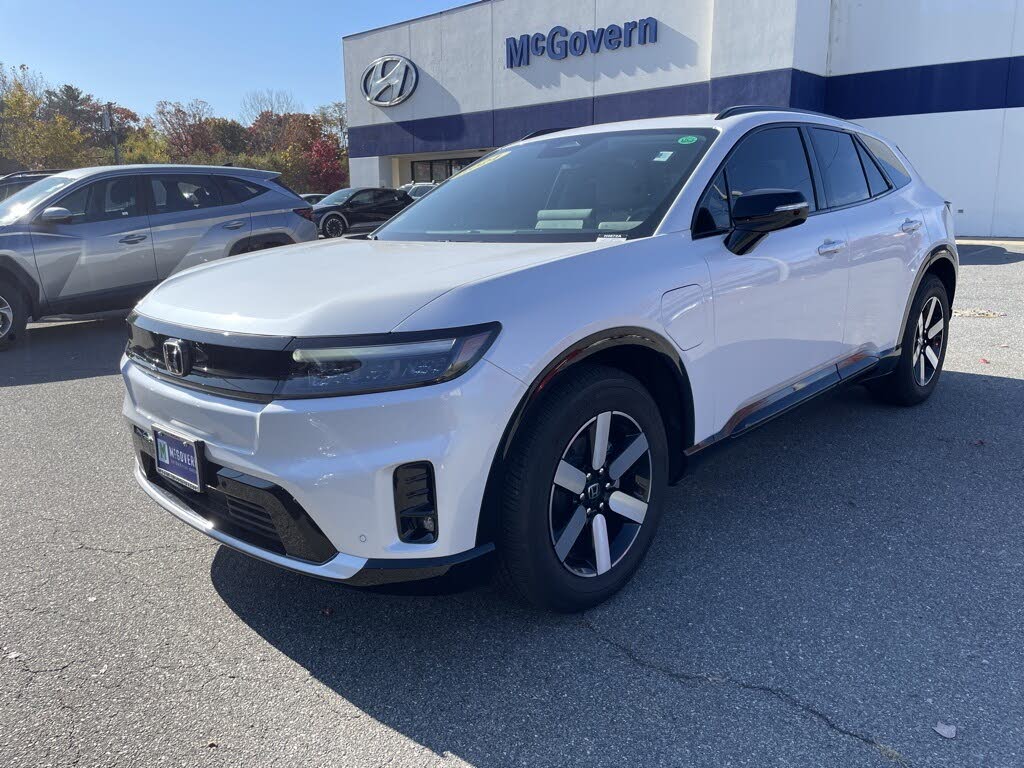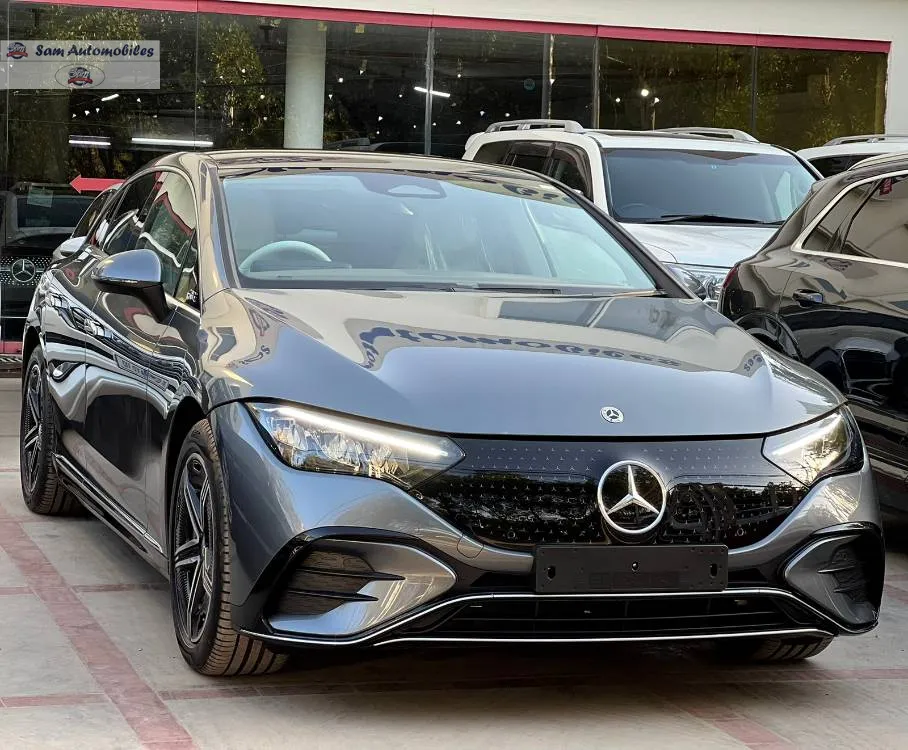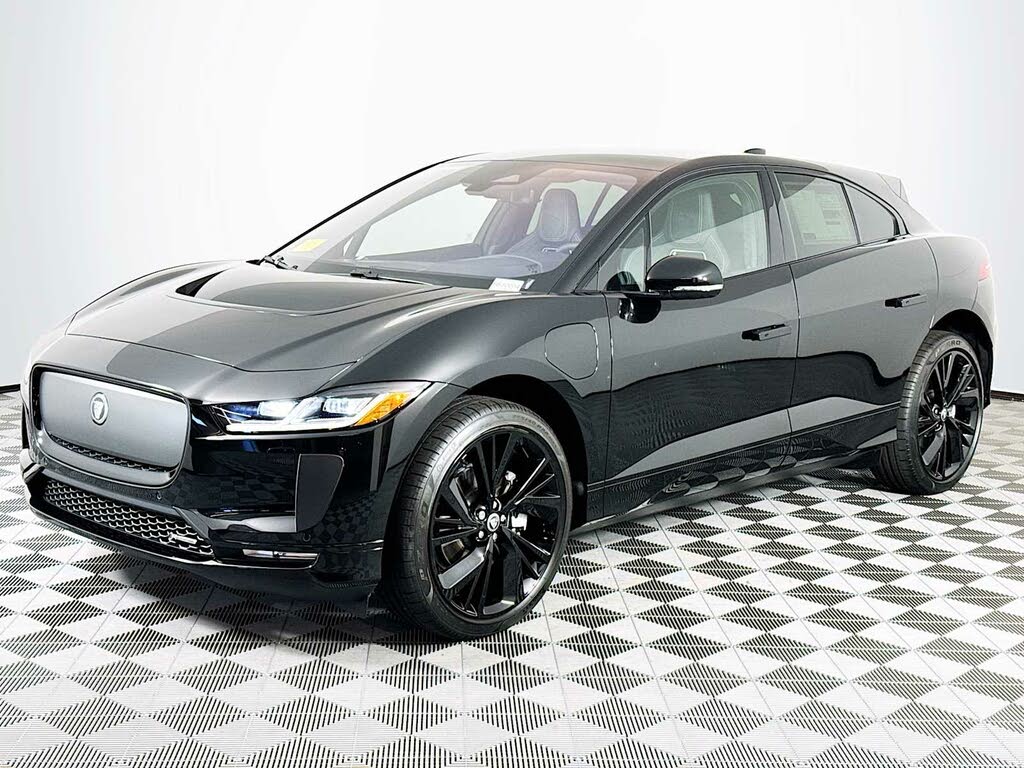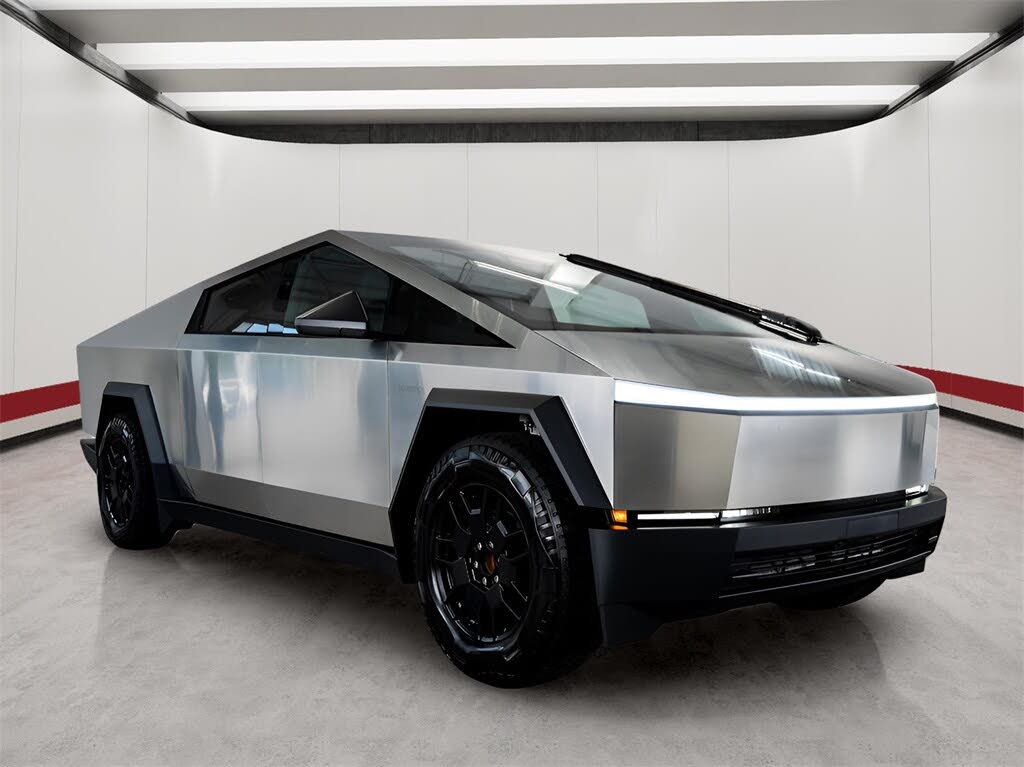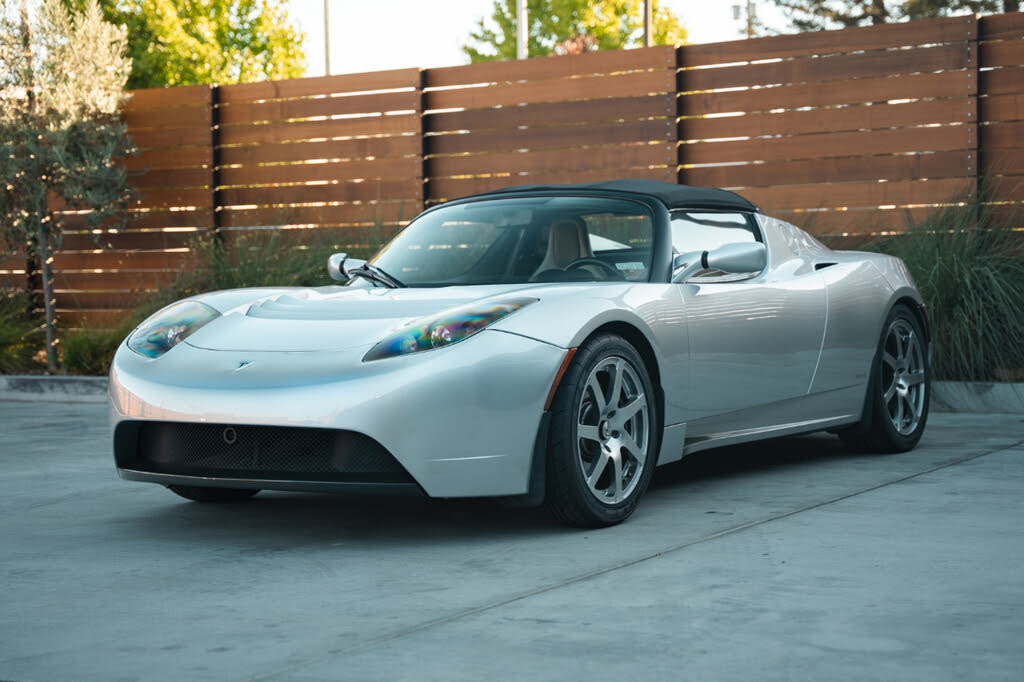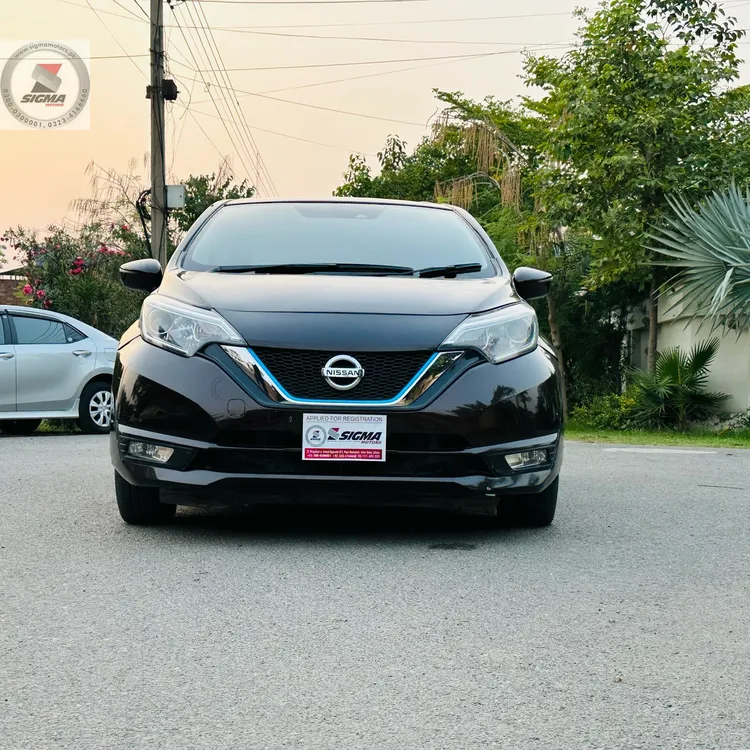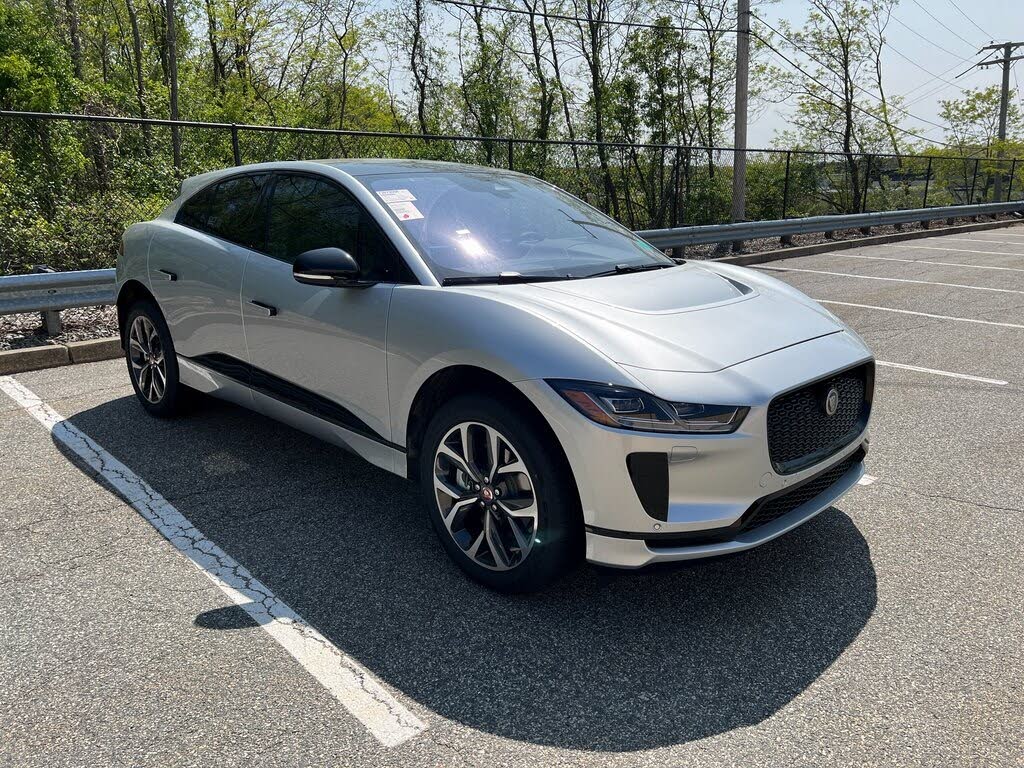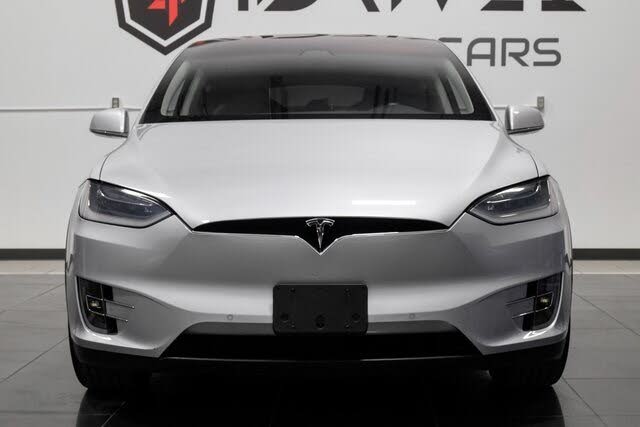Home > News & Blogs > Kia EV9 Winter Performance: How Does It Handle Snowy Roads?
Kia EV9 Winter Performance: How Does It Handle Snowy Roads?
Kia EV9 Winter Performance: How This Electric Three-Row SUV Handles Snow & Ice
Key Takeaways:
- The Kia EV9 represents the first affordable three-row electric SUV that legitimately competes with gas-powered alternatives
- Regenerative braking requires adjustment in winter conditions - lower settings improve stability
- Factory-installed all-season tires show limitations in heavy snow and ice
- Snow driving mode optimizes traction control and power delivery for slippery surfaces
- Real-world testing reveals both strengths and challenges of electric SUV winter performance
The Kia EV9: A Groundbreaking Electric Family SUV
As the automotive industry transitions toward electrification, the Kia EV9 emerges as a pivotal model - the first mainstream three-row electric SUV that combines family-friendly practicality with relatively accessible pricing. Positioned as an electric alternative to popular gas-powered models like the Honda Pilot, Hyundai Palisade, and Kia's own Telluride, the EV9 represents a significant milestone in EV adoption for family buyers.
What makes the EV9 particularly noteworthy is its combination of:
- Spacious third-row seating (a rarity among electric SUVs)
- Competitive 280-304 mile EPA-estimated range
- DC fast-charging capability (10-80% in about 24 minutes)
- Available all-wheel drive with 379 horsepower
Winter Performance Testing Methodology
To evaluate how the EV9 handles real-world winter conditions, our team conducted extensive testing in various snowy and icy scenarios:
- Extended highway driving in winter storm conditions
- Traction testing on steep, snow-covered inclines
- Repeated braking performance evaluations
- Comparison testing against gas-powered three-row SUVs
- Assessment of various drive modes and regenerative braking settings
Regenerative Braking: A Double-Edged Sword in Winter
One of the most significant differences between driving electric and gas-powered vehicles in winter conditions involves regenerative braking systems. The EV9, like most EVs, offers multiple regenerative braking settings including an i-Pedal one-pedal driving mode that can bring the vehicle to a complete stop without using the brake pedal.
--TOP ADVERTISEMENT HERE--
Why Strong Regen Causes Problems in Snow
While regenerative braking offers benefits like increased efficiency and reduced brake wear, our testing revealed important winter driving considerations:
- Stability concerns: Aggressive regenerative braking can cause the rear wheels to lock momentarily when lifting off the accelerator, potentially unsettling the vehicle
- Traction limitations: Immediate regen braking doesn't account for reduced tire grip on snow and ice
- Control challenges: The abrupt deceleration can make smooth speed modulation more difficult
Optimal Winter Regen Settings
Through extensive testing, we developed these recommendations for EV9 regenerative braking in winter conditions:
- Use Snow driving mode (automatically limits regen to Level 1)
- Manual adjustment: Set regen to Level 1 or completely off when roads are slippery
- Transition gradually: When approaching turns, ease off the accelerator progressively rather than lifting abruptly
Tire Performance: The Critical Winter Factor
Our evaluation revealed that the factory-installed Kumho Crugen EV all-season tires, while adequate for mild winter conditions, show limitations in more severe snow and ice:
| Tire Aspect | Performance Note |
|---|---|
| Snow traction | Moderate - adequate for light snow but struggles in deeper accumulation |
| Ice braking | Below average - requires significantly longer stopping distances |
| Cold-weather flexibility | Good - maintains reasonable grip in cold temperatures |
Winter Tire Recommendations
For EV9 owners facing regular winter conditions, we recommend considering these alternatives:
- Dedicated winter tires: Options like the Bridgestone Blizzak DM-V2 or Michelin X-Ice Snow offer dramatically better snow and ice performance
- Premium all-season alternatives: The Michelin CrossClimate 2 or Continental VikingContact 7 provide better winter capability while remaining suitable for year-round use
- Size considerations: Downsizing to 18-inch wheels with taller sidewalls can improve winter traction and ride comfort
- --FIRST CONTENT ADVERTISEMENT HERE--
Snow Driving Mode: Optimized for Winter Conditions
The EV9's Snow driving mode represents one of its most valuable winter features, making several intelligent adjustments:
- Limits regenerative braking to Level 1 for smoother deceleration
- Modifies throttle response to prevent sudden power delivery
- Adjusts traction and stability control systems for slippery surfaces
- Optimizes torque distribution between front and rear motors
Our testing confirmed that Snow mode significantly improves confidence in winter driving situations, particularly when combined with appropriate tire selection.
Cold Weather Charging Considerations
While not directly related to winter driving dynamics, EV9 owners should be aware of these cold weather charging characteristics:
- Preconditioning: Using the scheduled departure feature helps warm the battery for optimal charging
- Range impact: Expect 15-25% reduced range in very cold conditions
- Charging speed: DC fast charging may be slower until the battery reaches optimal temperature
-
How the EV9 Compares to Gas-Powered Alternatives
When stacked against traditional three-row SUVs in winter conditions, the EV9 demonstrates both advantages and limitations:
Advantages Over Gas SUVs
- Instant torque delivery allows for precise throttle modulation
- Lower center of gravity improves stability
- No cold-start issues in extreme temperatures
- Remote preconditioning capability
Areas Where Gas SUVs Excel
- Longer range in very cold conditions
- Faster refueling in remote winter areas
- More consistent braking performance (traditional friction brakes)
- Greater availability of winter tire packages
- --SECOND CONTENT ADVERTISEMENT HERE--
Final Verdict: Is the EV9 a Viable Winter Family SUV?
After extensive winter testing, we conclude that the Kia EV9 represents a competent winter vehicle with some important considerations:
- For urban/suburban drivers: With proper tires and regen settings, the EV9 handles typical winter conditions well
- For extreme winter areas: Dedicated winter tires become essential rather than optional
- For road trippers: Cold weather range reduction requires more frequent charging stops
The EV9 successfully bridges the gap between electric vehicles and traditional family SUVs, offering winter capability that, while not class-leading, proves entirely adequate for most buyers transitioning from gas-powered vehicles. With appropriate preparation and understanding of its unique characteristics, the EV9 stands as a viable three-row electric SUV for four-season use.

Motorvero G-queen
Last Updated On Apr, 13-2025
